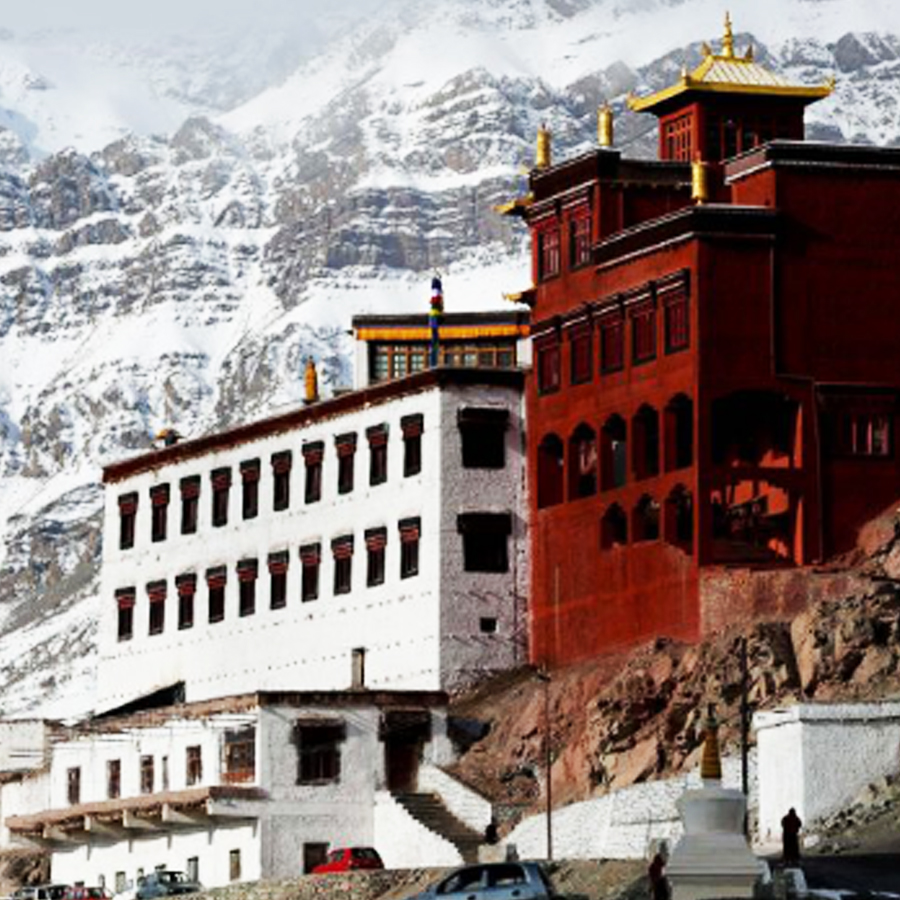
Culture Tour to Indus Valley
Culture Tour to Indus Valley
- Days - 3
- Tour Route - Leh- Shey –Thiksey – Hemis – Stok – Matho and back
Shey Palace

Shey-Palace is Located approximately 15km of Leh towards the south, the construction of Shey monastery was undertaken by King Deldon Namgyal. The image of Buddha Shakyamuni adorns the main chamber. The image represents Buddha in a seated position. Its characteristic copper sheets covered in gold have brought it the privilege of being the biggest metal statue as well as the largest Buddha statue in the region of Ladakh.
Thiksey Monastery
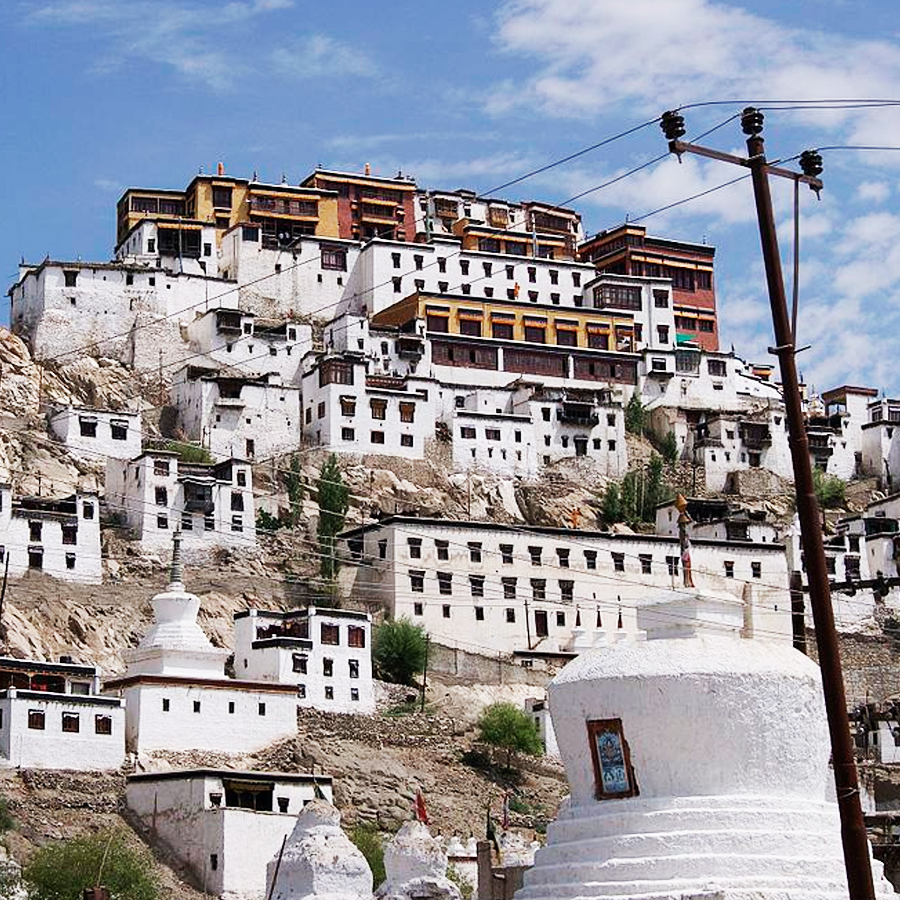
The Gelukpa order of Buddhism is the caretaker of thiksey Monastery. One of the most magnificent monasteries in the region of Ladakh, it is situated about 17km of Leh, towards the south. Originally built by Sherab Zangpo at Stakmo, it was restructured by his kin (nephew) Paldan Sherab. This restructuring occurred in the northern region of Indus on a hill-top. In devotion of Goddess Dorge Chenmo, a temple was built by Rinchen Zangpo. This temple resides within the monastery. Apart from this temple, the monastery is also home to many holy shrines, relics and important artifacts. Presently, about eighty monks live in the monastery.
Hemis Monastery
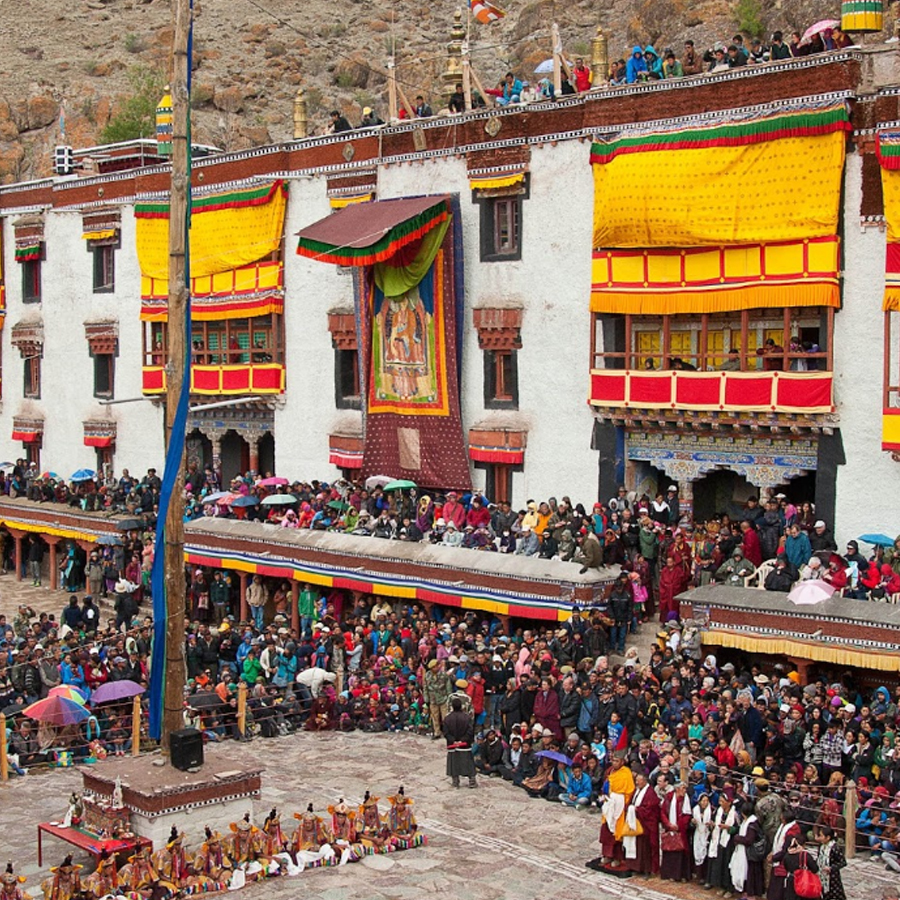
Re-established by the King Sengge Namgyal of Ladakh in 1672, the Hemis Monastery is affiliated with the Drukpa lineage of Tibetan Buddhism. Every year, in early June, the annual Hemis festival which honors Padmasambhava, is organized here. Traditional music with large drums, cymbals and trumpets is played here and the courtyard in front of the main door is decorated beautifully with prayer essentials. The festival commences early in the morning and mystic mask dances or chams are also performed. The gompa is 45km from Leh and the location is very scenic. Moreover, tourists can admire the gorgeous and colorful murals that abound in this monastery.
Mato Monastery
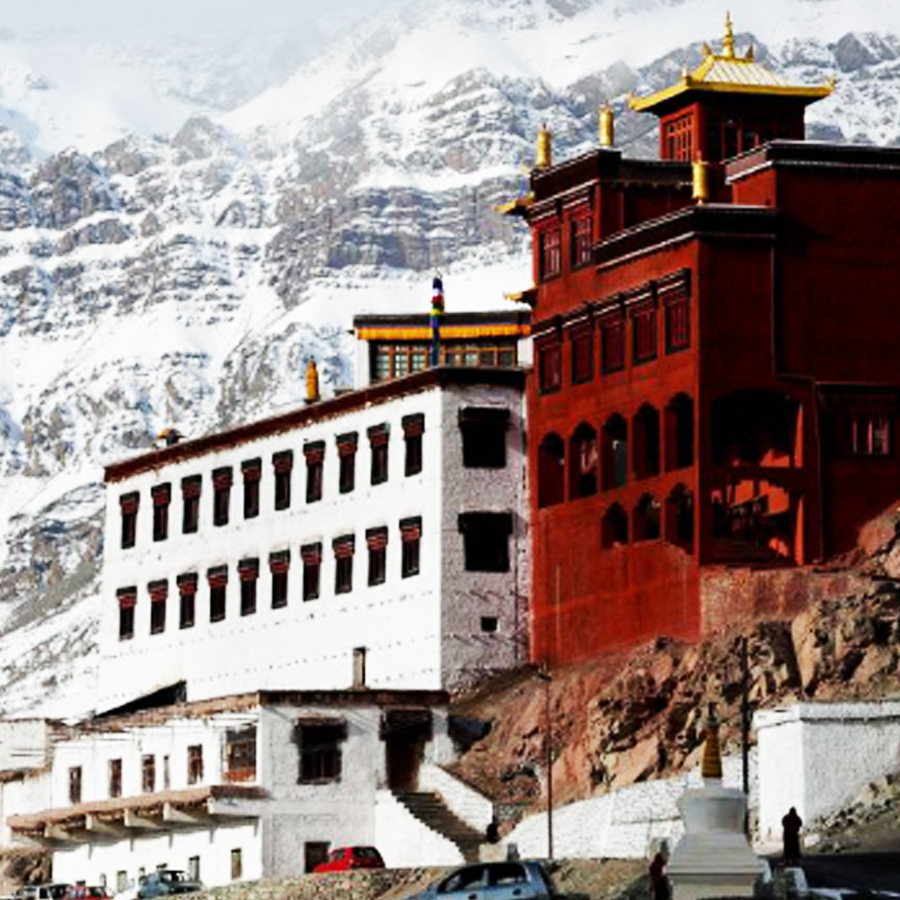
Located 26km southeast of Leh, the Mato Monastery, also known as Mangtro Monastery, stands on the Indus River and represents the Sakyapa sect of Tibetan Buddhism. Founded in 1410, this gompa is well-known for the Matho Nagrang Festival and beautiful thangkas that go back 600 years! Held on the 14th and 15th days of the first month according to the Tibetan calendar, the annual festival sees two monks act as oracles and predict the future of the village. Sakyamuni Buddha is the major statue here and the museum in the monastery houses robes and masks worn in the annual dance festival by the lamas.
Stok Palace
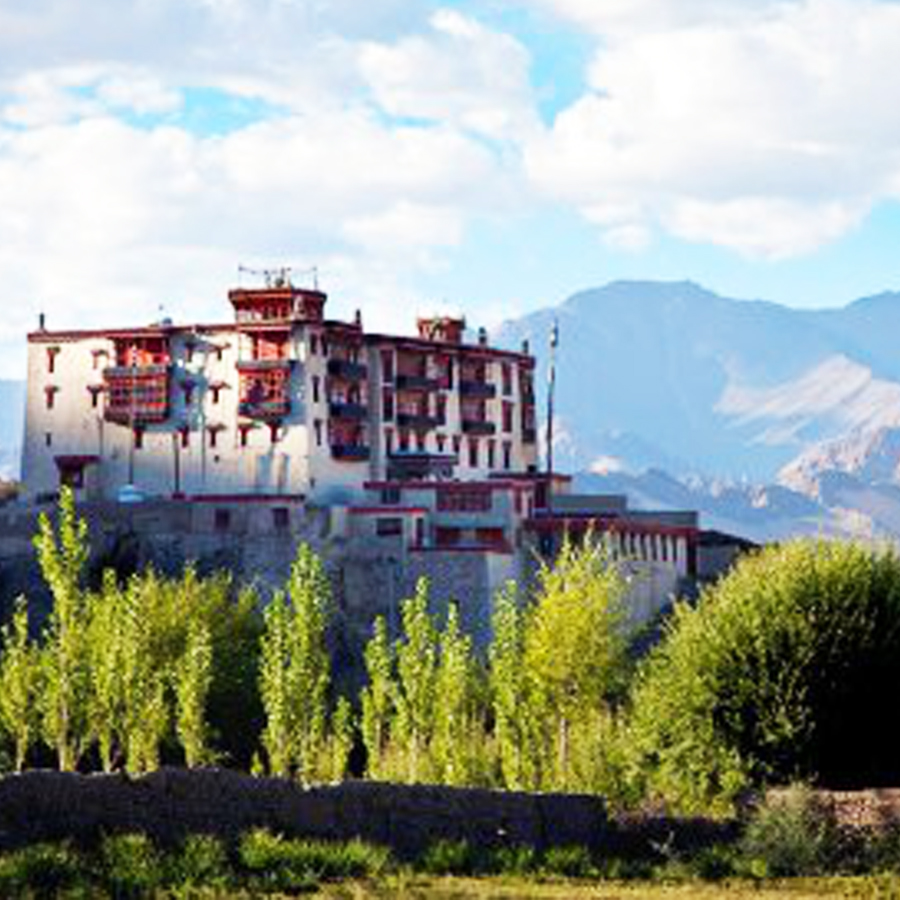
Stok palace is built early in the nineteenth century by the last ruler of independent Ladakh, it has been the official residence of the Ladakhi royal family since they were ousted from Leh and Shey two hundred years ago.A former member of parliament, still lives here during the summer. One of the room is converted into Museum. The fascinating collection comprises some of the family’s most precious heirlooms, including antique ritual objects, ceremonial tea paraphernalia, and exquisite sixteenth-century thangkas illuminated with paint made from crushed rubies, emeralds and sapphires. The pieces de resistance, however, are the Gyalmo’s peraks.
For more information regarding day by day Itinerary, please e-mail us at: info@ladakhtrekkings.com or click below button to book online.
